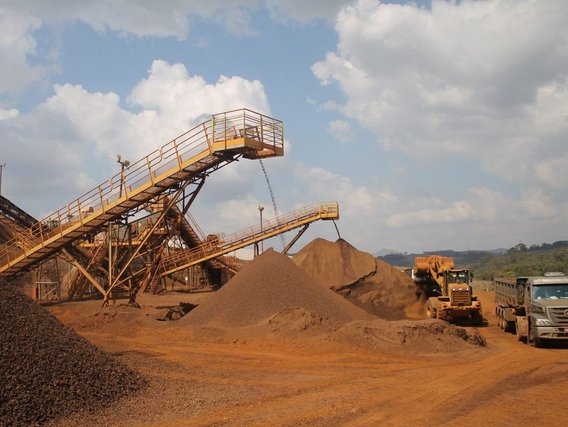What are the rights of the landowner?
The landowner has the following rights in relation to the use of his property during the mineral exploration and exploitation process:
I) Rent for occupation of the land to be surveyed or mined (Art. 27 of the CM);
In order for research to be carried out in the area, interventions are required that may jeopardise the use of the property for other purposes. Therefore, when the holder of the exploration authorisation needs to carry out auxiliary works and services on land in the public or private domain, covered by the authorised exploration area, it must pay the owners or squatters a rent for occupying the land in accordance with Art. 27 of the Mining Code.
II) Compensation for damages (material or moral) caused to the property or its owner;
In the event of damage to the area, the holder of the Exploration Licence must pay the superficiary an amount by way of compensation, in addition to the rent for occupying the area.
III) Participation in mining results;
According to article 11, §1 of the Mining Code, the landowner's share will be fifty per cent of the total amount owed to the States, Federal District, Municipalities and direct administration bodies of the Union, as CFEM.
In this sense, the landowner will be entitled to receive compensation for any damage caused by the mining work and a monthly rent for occupying the area, given the need to set up a mining easement on the property where the mining will take place. For information, the CFEM rates are calculated on the company's gross turnover and are as follows:
- Iron ore: 3.5%;
- Niobium, bauxite, manganese and rock salt: 3%;
- Diamonds, precious stones, cut stones, carbonates and noble metals: 2%;
- Gold: 1.5 per cent;
- Ornamental rocks, mineral and thermal water: 1%.
IV) Guaranteed recovery of the mined area (rehabilitation for post-mining use)
The superficiary is guaranteed that the mined area will be recovered and returned in a condition in which it can be used for other purposes. Mining is considered a temporary or transitory land use activity, and the recovery phase aims to return the area affected by exploitation to a level of stability that allows for future land use.
